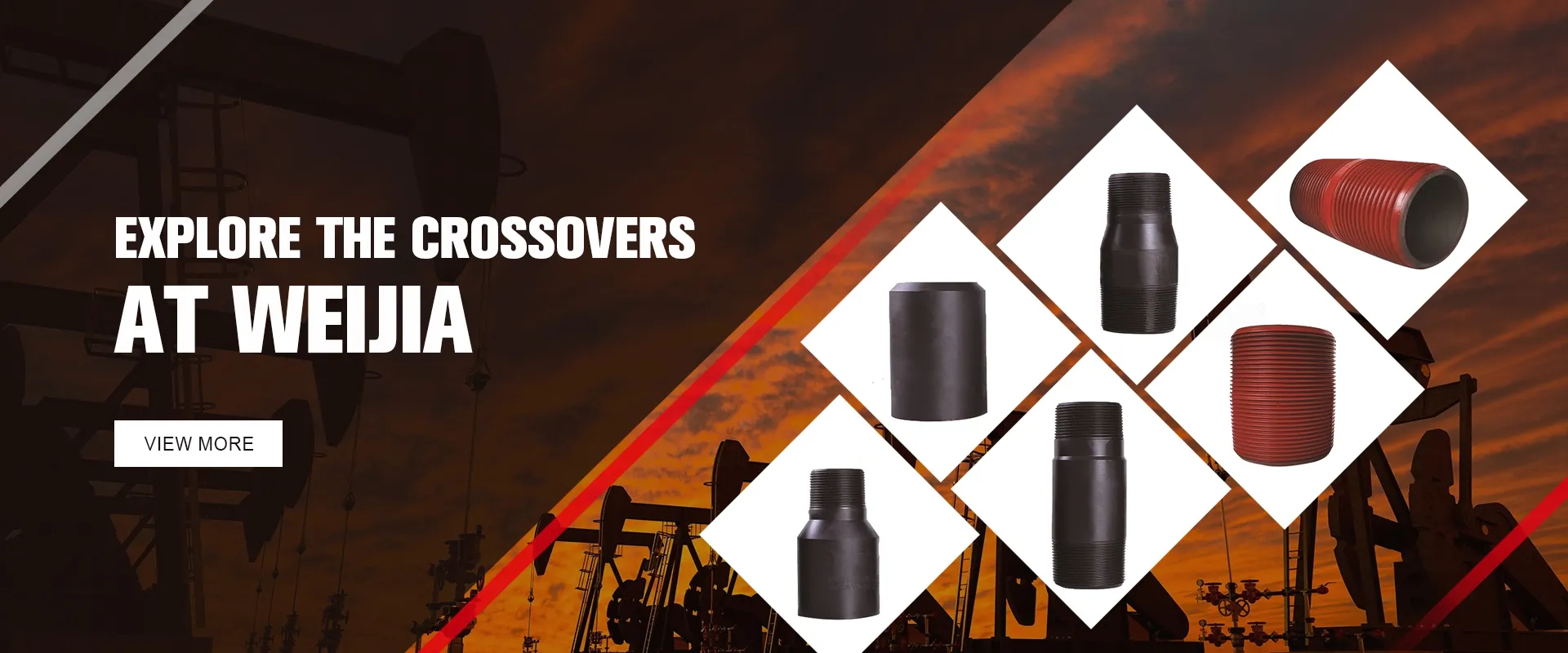- Afrikaans
- Albanian
- Amharic
- Arabic
- Armenian
- Azerbaijani
- Basque
- Belarusian
- Bengali
- Bosnian
- Bulgarian
- Catalan
- Cebuano
- Corsican
- Croatian
- Czech
- Danish
- Dutch
- English
- Esperanto
- Estonian
- Finnish
- French
- Frisian
- Galician
- Georgian
- German
- Greek
- Gujarati
- Haitian Creole
- hausa
- hawaiian
- Hebrew
- Hindi
- Miao
- Hungarian
- Icelandic
- igbo
- Indonesian
- irish
- Italian
- Japanese
- Javanese
- Kannada
- kazakh
- Khmer
- Rwandese
- Korean
- Kurdish
- Kyrgyz
- Lao
- Latin
- Latvian
- Lithuanian
- Luxembourgish
- Macedonian
- Malgashi
- Malay
- Malayalam
- Maltese
- Maori
- Marathi
- Mongolian
- Myanmar
- Nepali
- Norwegian
- Norwegian
- Occitan
- Pashto
- Persian
- Polish
- Portuguese
- Punjabi
- Romanian
- Russian
- Samoan
- Scottish Gaelic
- Serbian
- Sesotho
- Shona
- Sindhi
- Sinhala
- Slovak
- Slovenian
- Somali
- Spanish
- Sundanese
- Swahili
- Swedish
- Tagalog
- Tajik
- Tamil
- Tatar
- Telugu
- Thai
- Turkish
- Turkmen
- Ukrainian
- Urdu
- Uighur
- Uzbek
- Vietnamese
- Welsh
- Bantu
- Yiddish
- Yoruba
- Zulu
Understanding the Importance and Functionality of Oil Field Tubing Couplings in Drilling Operations
Understanding Petroleum Tubing Couplings Essential Components in Oil and Gas Operations
Petroleum tubing couplings play a crucial role in the oil and gas industry, serving as vital components that connect lengths of tubing used in drilling and production operations. These couplings are essential for ensuring the integrity and efficiency of the system that transports oil and gas from underground reservoirs to the surface and beyond. As the industry evolves, the design and materials used in tubing couplings continue to improve, enhancing their performance and reliability in challenging environments.
What are Petroleum Tubing Couplings?
A coupling is a mechanical device that connects two ends of tubing, allowing for the extension of the tubing string to reach required depths or to accommodate the varying demands of a well. In the petroleum sector, these couplings are typically threaded, enabling easy assembly and disassembly. They are engineered to handle the high pressures and temperatures associated with oil and gas extraction, making their design and material selection paramount.
Types of Tubing Couplings
There are several types of petroleum tubing couplings, each tailored for specific applications and conditions
. The most common types include1. Round Couplings These are standard tubular fittings, used for connecting equal diameter sections of tubing. They offer basic functionality and are widely used in various operations.
2. Specialty Couplings Designed for specific needs, these couplings may incorporate features such as locking mechanisms or unique designs to enhance torque transfer or provide corrosion resistance.
petroleum tubing coupling

3. Flanged Couplings Frequently used in surface applications, flanged couplings offer the benefit of ease of installation while also allowing for disconnection without the need for cutting the tubing.
Materials and Design Considerations
The materials used for tubing couplings are critically important. Typically made from carbon steel or alloy steel, the choice of material will depend on factors such as the environment (e.g., corrosive elements) and the mechanical properties required to withstand specific stress levels. Advanced coatings or treatments, such as galvanization or polymer applications, can also be applied to enhance corrosion resistance, especially in offshore drilling environments.
Design considerations extend beyond just materials. The geometry of the coupling, the thread design, and the manufacturing processes, including heat treatment, all influence the coupling's performance and durability. High-quality manufacturing ensures that the couplings can withstand the stresses encountered during drilling, such as axial load, bending moments, and torsional stress.
Challenges and Innovations
As oil and gas extraction pushes into deeper and more hostile environments, such as ultra-deep waters and high-pressure reservoirs, the challenges facing tubing couplings grow. Innovations in material science and engineering design are essential to developing stronger, lighter, and more corrosion-resistant couplings that can withstand the harsh conditions. Additionally, advancements in manufacturing techniques, such as 3D printing and automated fabrication, are paving the way for more complex and efficient designs.
Conclusion
In conclusion, petroleum tubing couplings are essential components that facilitate the efficient and safe transportation of hydrocarbons from underground reservoirs. Understanding their types, materials, and the challenges faced in their application is crucial for industry stakeholders, including engineers and drillers, who must ensure optimal performance and reliability in their operations. Continuous innovation and research into coupling technology will undoubtedly enhance the ability to meet the evolving demands of the oil and gas sector, ensuring that these vital components can support the industry for years to come.
-
Tubing Pup Joints: Essential Components for Oil and Gas OperationsNewsJul.10,2025
-
Pup Joints: Essential Components for Reliable Drilling OperationsNewsJul.10,2025
-
Pipe Couplings: Connecting Your World EfficientlyNewsJul.10,2025
-
Mastering Oilfield Operations with Quality Tubing and CasingNewsJul.10,2025
-
High-Quality Casing Couplings for Every NeedNewsJul.10,2025
-
Boost Your Drilling Efficiency with Premium Crossover Tools & Seating NipplesNewsJul.10,2025







